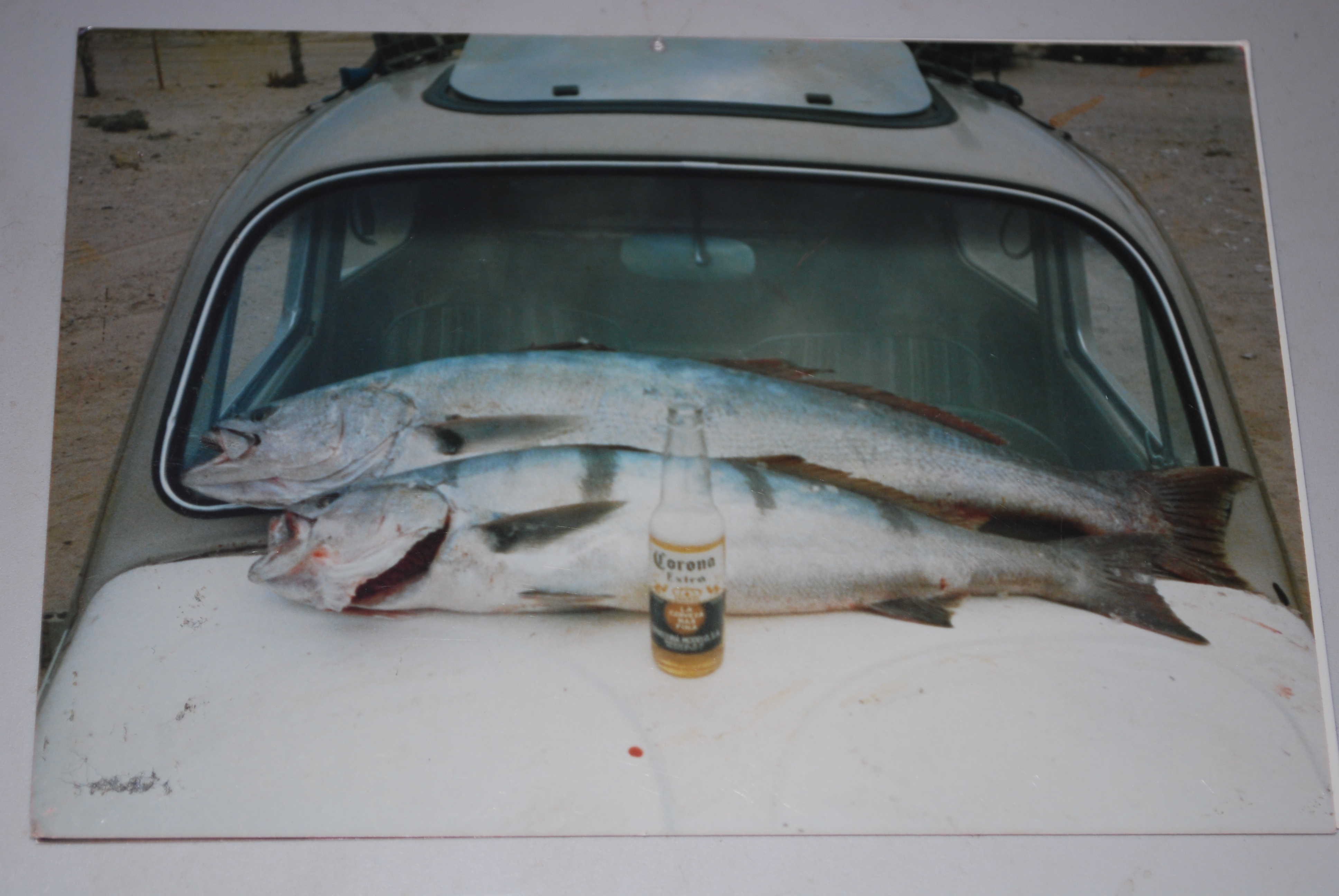
02 Apr Outlaw Reflections: Baja
The end of ski season this coming weekend marks the official start of Telluride’s off season, when many locals head for the hills – or rivers and streams. This story by former Telluride local Oleh Lysiak is about a favorite hang among Telluride locals looking for a change of scenery. And “BAJA” was originally published as a three-part series,“Fishing with Uncle O”columns, in The San Miguel County Post December 13, 20, 27, 1995.
BAJA
Guides on the rod ice up. Toes are numb. Low frost halos delicately outline rocks. Footing’s treacherous hole to hole. I can’t stop casting. Reading the river in noon shine glare is impossible.
Instead of freezing my ass off on the San Miguel, I could be on the beach in Baja, casting into the breakers of mighty blue Pacific or the salty chop of the Sea of Cortez, Pacifico in hand. Tome nada mas. Intimations of warm south-of-the-border breezes invade frosty canyon solitude. I’m out of the river, into the truck, heater blasting on the road to Baja.
Saltwater fishing requires different gear than freshwater fly fishing: 9-foot and 12-foot Shakespeare Uglysticks, Penn 500 saltwater bait reels or Penn 650 to 850 spinning reels, line weights ranging from 15 to 60 lbs, swivels, steel leader, assortments of lures from basic spoons to exotic arrays of realistic imitations designed to entice even the most recalcitrant saltwater customer. I pack an old Shakespeare Wonder Rod just in case there’s any saltwater fly-fishing to be had.
When camping gear, cooking gear, coolers, jerry cans for gasoline, jerry cans for water, extra tires, mechanical tools (the truck I drive always breaks down no matter how much preparation goes into it), cases of oil, octane booster for raunchy Pemex gasoline, shovels, high lift and hydraulic jacks, chains, ropes, carabiners, come-alongs, spare parts and fishing gear are packed and stashed, I leave before daybreak, catch first light after the Valley of the Gods on the long uphill grade that leads out of Monument Valley.
First stop is for steaming thermos coffee as the scarlet, turquoise-tinged sunrise expands creamsicle smooth over the horizon above massive monoliths and minarets of the Navajos’ homeland. I’m fired up, road ready, with expedition attitude, excited to be alive.
Crossing the border in Tecate rather than Tijuana saves time, hassles with border guards and makes for a more pleasant journey through the wild hill country of northern Baja.
I blow through Ensenada, the Manadero checkpoint at the junction of routes 1 and 3, past Gringoville developments along the coast, the truck on track as Dino buses pass me like I’m standing still. There are no shoulders on the road south of Ensenada. When a Mexican bus or truck decides to pass, you’d better get the hell out of the way or pay the price.
A Federale roadblock is invariably set up on the highway south of El Rosario. They patrol the road with submachineguns, pistols slung low on hips, in machismo John Wayne imitation, looking for mordida – Mexican euphemism for bribe.
They stop the truck, go through all your stuff, checking nervous behavior of any kind. The cocky ones’ll check the ashtray for roaches.
My standard line for roadblock situations is: “No fumo mota, no me gusta.” Which usually elicits a response of “Simo’n,” a grin and a wave down the highway.
Driving after dark on Baja highways is dangerous not only because of marginal roads but because Mexican cattle run loose. I’m totally alert in daylight because of hazardous road conditions. Eventually I get used to it, but it’s inadvisable to drive in Baja after dark.
I pack as much gasoline as I can because Pemex stations don’t get deliveries for days, stranding neophyte gringos and Mexicans alike.
The landscape between El Rosario and Punta Prieta along the backbone of the central Baja mountain range takes on otherworldly aspects. The rock formations are bizarre, punctuated by cactus of every imaginable variety with brilliant blooms, which run the gamut of the spectrum. Cirio trees add an eerie desert touch like something only Dr. Seuss could dream up with vultures preening wings spread full atop towering saguaros.
I head straight south toward Guerro Negro and the fishing along the virtually deserted Pacific coast. Roads off the main highway immediately worsen with washboards, potholes, rocks and blowing sand. Extra tires and parts come in handy. If you’re prepared usually nothing untoward happens. Murphy makes at least a casual appearance, but to the true expedition aficionado this is no big deal.
It’s short uphill walk on the sand-soft, rutted, rocky road to the headlands above Laguna Manuela where the old lighthouse stands abandoned. From the coasts of Asia, sets and swells of the mighty blue Pacific, inexorably linked to the waning and waxing of the Baja-blue moon, crash into gnarly coves below.
Good off-the-rocks fishing begins in the cove below the lighthouse, a treacherous and arduous climb down the razor-rocked path that leads to the hot fishing spots at low tide.
Halibut fishing rules, with large white rubber lures on two and three ounce lead heads. A slow bass retrieve more likely than not will produce a hookup with halibut feeding on the rock and sand bottom. You never know what size halibut you’ll hook into, from a few to a few hundred pounds. If you run out of line before you run out of fish, be prepared to cut the line before you either lose your rig or go swimming.
Swimming the Pacific in Laguna Manuela’s rock coves isn’t advisable unless you’re willing to get bashed on the rocks. I look towards incoming sets and don’t take my eyes off the rollers until I’m dead certain I’m not getting slammed. Once I lost concentration changing lures and turned my back to the ocean, preoccupied, in a hurry. I was slammed into the rocks by the last and usually biggest wave in a set, washed down along the rocks. If it hadn’t been for my Uglystick, which caught in the rocks on my way down to what seemed at the time certain, adrenaline-inspired death, I’d have gone in at least for a serious dunking, the last time I ever make that mistake.
The prime fish are rock bass, corvina, cabrilla and white sea bass. Each has a particular kind of lure they’ll react to. Tide pools filled with mussels, small fish and octopus store bait for the adventurous fisherman.
Scorpion fish look like they come from some other world and they do. Watch out for spines in the dorsal fins in any rockfish, and the scorpion qualifies, because they hold poison that’ll swell your fingers, hand or whatever, if you get nailed. Hurts, take my word for it.
Diving for Pacific crayfish or “lobsters” takes skill and audacity but the results are worth the effort. Not your cup of saltwater? Local fishermen are willing to part with part of their catch for gringo dollars.
A transplanted Canadian, retired California surfer named Ron Brown patrolled Laguna Manuela like it was his personal kingdom. He’d been there for years, lived in a trailer and acted as a buffer between the professional Mexican fishermen and tourists, keeping the peace, arranging deals and otherwise minding everyone’s business in a friendly and likable way.
Ron walked the beach before daybreak, stocking cap firm on his white-haired, sun burnt, leather-skinned head. A three or four day stubble framed the nasty black stogie in the corner of his mouth, walking stick poked around in the flotsam.
He taught me to fly fish for halibut in the estuaries of the lagoon, tie ghost shrimp imitations, how to approach. He showed me how to gather ghost shrimp in the muck at low tide and fish for corvina off the beach south of the dunes. Ron laughed at me when I horsed a corvina, told me I wasn’t a fisherman, called me a farmer because I got excited and muscled the fish. I called him “coach.” He made out like he didn’t like it. I called him “coach” anyway. At the end of each day we had a wineglass of tequila.
I recently heard through the grapevine Ron died. I miss him already. One of these days I’ll go back to the lagoon and see if Ron’s ghost is patrolling the beach. Ron didn’t need to make it to heaven. He was already here.
Christmas a few years ago we were parked above the lagoon in Maxine, a ’52 International school bus, red chili Christmas lights flashing outlining the bus, the small Honda generator humming, a major league seafood feed spread on the table. Ron and his girlfriend of twenty years, Shirley, came over and we invited local Mexican fisherman. It was a great party and to top it off the Pacific blew in a “Chubasco,” which is the local’s way of saying hurricane.
Juedo, the only green-eyed, half-German Mexican fisherman I know introduced himself at our Feliz Navidadad celebration. He invited me to go fishing when the weather cleared up, showed up one morning, knocked on the door of the bus and after a couple Pacificos we were off in his lancha, along with his partner Arturo for some of the seldom-fished spots on the estuaries.
While the other fishermen buzzed around with big Yamaha outboards screaming, Juedo and Arturo would get to a spot, shut down the motor and Juedo would row while Arturo perched on the bow with a homemade harpoon spotting the shallows for halibut, deadly efficient and highly successful.
On days they took me along I provided beer and they provided lunch. Juedo knew where the scallop beds were and we’d gather a bunch, slice a few limes, crack open some beers and have at it raw, the ultimate way to eat seafood.
I smell the salt air, taste the scallops, lime and Pacificos. I see Ron and Arturo and Juedo and Shirley and Maxine with the red chilis flashing and the jagged brown headlands and the lighthouse, an obelisk standing alone without a beacon.
The view outside my window is thin, near-Christmas winter, with the ridge above town like the scarred bony back of a mangy gray dog.
Once the road makes the turn past the lighthouse a series of coves carved out of the headlands come into view. Saguaros and ocotillos decorate an otherwise sparse and desolate landscape. A mixture of rusty soft browns, grays and yellows give hue, shape and substance to hills leading off into the distance and the high cordillera.
Thrushes and wrens flitter among cacti. Sinuous pelican chorus lines play follow the leader millimeters above the Pacific flying in rhythm with the roll of the swells. Gulls shatter an otherwise silent scenario, shrieking, save the pounding of surf and continue aerial ballet.
It’s too cold at this time of morning for rattlesnakes, lizards and slithering critters to be out and about. Coyotes hide and seek for a meal.
Preparations for fishing are nearly complete, poles secure in roof rack, brandy flask full, cigars packed away safe in ziplocks, lures, lines and reels checked and stashed in the back of the ’67 VW Baja Bug go anywhere baby warming up vixen-sweet through flat black extractor exhaust. Last on the list is drop down pressure in oversize, load range D, raised letter tires to eight pounds so she’ll move through the sand like a lizard.
Roar towards the lighthouse, turn for the coves, destination this morning the headlands before the road peters out on the miles-long forlorn stretch of beach.
Low tide this morning is right after daybreak. I’m at the trailhead a half hour before the sun breaks out over peaks to the east. The trail follows the ridge of the headland. Radical slopes drop several hundred feet off to both sides. I tread lightly through scattered white bleached seabird bone yards and begin my descent to where the surge of the mighty Pacific explodes on the cliffs.
A tricky trail down, takes time to make way through the razor-sharp rocks. Sun warms the ridgeline. The receding tide leaves a glistening flat spot below. Mussel beds, mosses, seaweed and kelp adorn undersea sculptures exposed by the grace of the tides.
The Pacific is now about fifteen feet lower with occasional waves breaking over the plane of my spot. Brandy flask and cigars stashed high, out of reach of the ocean, I rig with a soft green, silver and blue combo lure imitating breakfast fish on a bullet-shaped lead head with a stainless steel hook.
The Penn 850 spinning reel is loaded with three hundred yards of 15 lb. monofilament. Takes a half-dozen casts to warm up and reach out to the spot in the bay where the white sea bass feed. I keep an eye on the swells and the footing while feeling for hits.
First hit I lay back and wait, then another and one more. I yank on the rod good and hard. There’ s a BIG FISH ON, BUBBA! The hook is set solid.
The white sea bass takes off like a bat out of hell, reel’s screaming, line pays out nonstop. I loosen the drag and look to the point in case he keeps going and I run out of line, down to 50 yards before backing when the white sea bass slows his first run. I’m to the point although I can’t tell quite how I get there.
I lean back with the rod and reel in. A few dozen pumps and he’s off again. We repeat the cycle. A half hour later he’s worn down. I lead him ever so carefully onto the mosses below. The swells bring him in gently and deposit the iridescent denizen onto the brilliant green bed, a nasty, slick climb down to where he lays, lined with sharp mussel shells. Rod in one hand and a gaff in the other I begin my tiptoe decent.
I trip and slide watching the fish, glance to the ocean to see if I’m about to be drowned, bashed and battered, eyeball the tail of the bass when I stop, resting on the same bright green mosses.
I slide the gaff quickly inside his gill, roll on my back, and reach for the rocks, rod in hand. How I find strength and agility to get the hell out of there I don’t know. Blocks-long descending waves may have triggered a gigantic dose of adrenaline, which undoubtedly saves me.
I lay my fish on the rocks where I’d stashed the brandy. First gulp empties half of the flask. I light a cigar and finally have a good look at the fish.
He’s silver with gossamer gray and black stripes, iridescent all over, at a rocket torpedo. He later stretches across the hood of the VW.
I finish the brandy, smoke the cigar to a nub, rig up again and cast into the bay. Another fish! Luckily this one is smaller and I don’t have to go through the contortions to muscle it over the rocks.
The slide to the bass cut me up good. Salt in the wounds adds to the quality of the experience. I laugh. Man, this is perfect. If these are the dues I pay then so be it! I sit in the rocks with my fish until the tide rises.
The butt of the rod slides into gills and out of the mouths of the bass. I sling the fish over my back, pick up my gear and slowly climb to the ridge careful to watch for snakes catching the last of the sun.
This is one of those days that rarely occur in a fisherman’s life, where there are no snakes, where tides, moon, sun, stars and the rhythms of living and dying line up with incredible clarity.
The sun goes down over a placid Pacific in awesome display when I crest the ridge. A slim flash of chartreuse lines the horizon as the sun disappears. Twilight and the lights of Guerrero Negro soften clouds to the south. I turn up the path and walk towards the car.
Editor’s note about Oleh:
I am reminded of the man every day. A talented sculptor, one of his mobiles sits on the coffee table in our living room. But I had not seen or heard from Oleh Lysiak for over 20 years. Ah, the wonders of social media. We rediscovered each other about a year ago, which was when I also discovered the artist is also a writer – at least nowadays – though making marks on paper is only one among a very long list of talents, some slightly sketchy.
A former Telluride resident, O.Z. Lysiak once worked as a San Miguel County journalist. He is also, as mentioned, an artist, author and poet. Two of his books: “Art, Crime & Lithium” and “Neighborhood of Strangers” are now available at The Wilkinson Public Library.
Given his street cred and the fact he wrote extensively locally in the bad old days, I asked Oleh if he would mine his files for past columns that might be of interest to our readers. I am thankful the man said “yes.”
The column name? We hold certain truths to be self-evident.


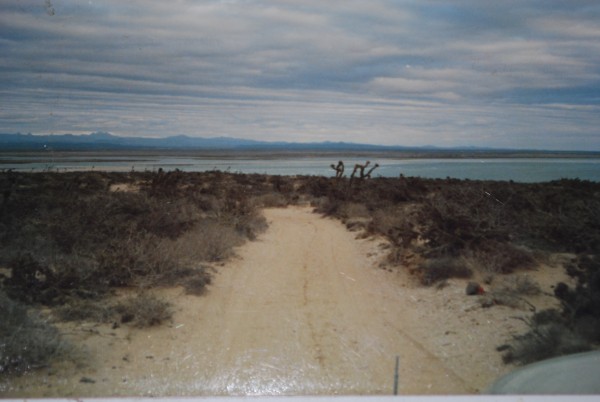
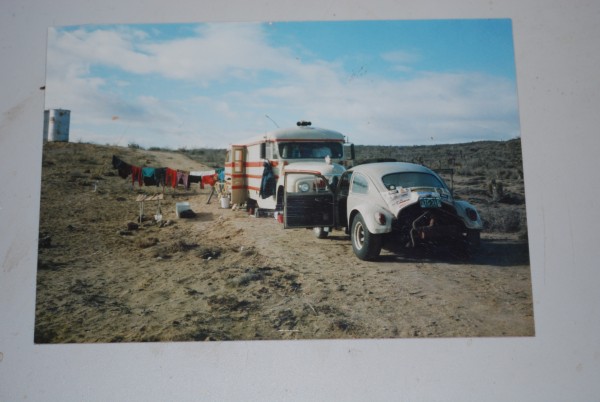
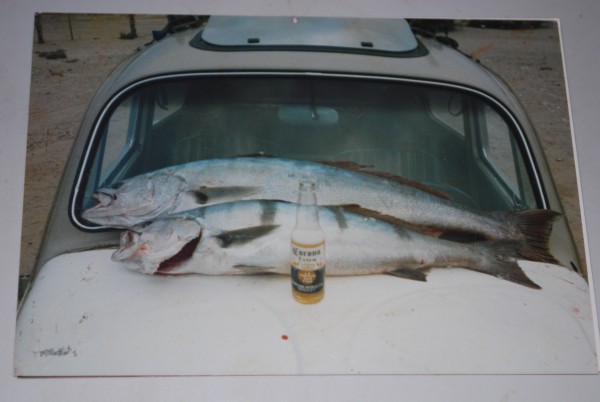
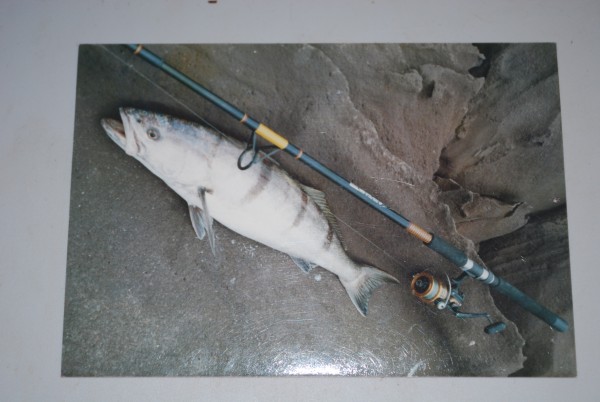

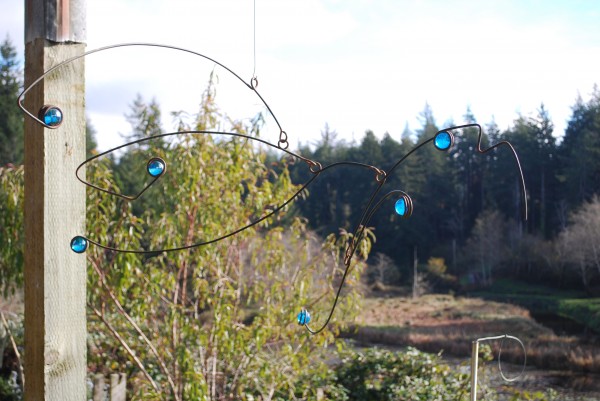
Sorry, the comment form is closed at this time.